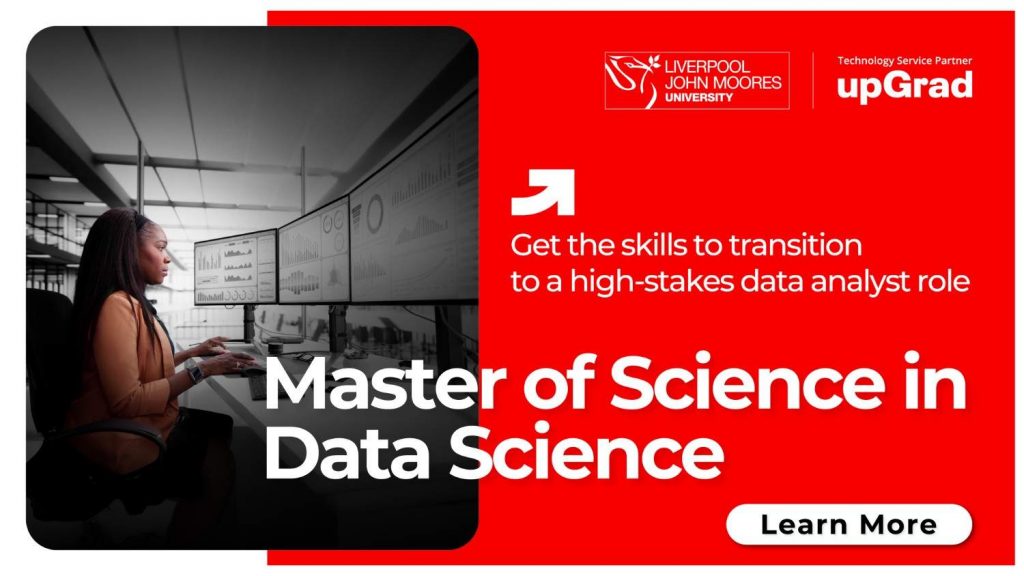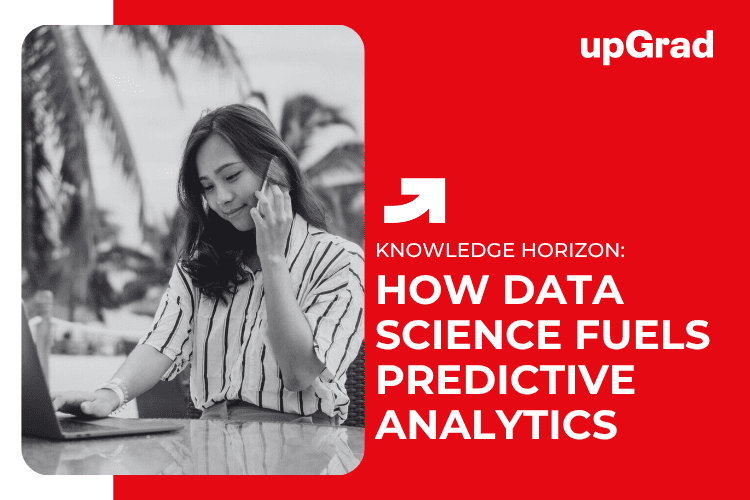Predictive analytics has become very important for companies. It uses data science to gain useful understandings from data. Improvements in machine learning and other data science methods help businesses predict future trends and behaviours more accurately. As companies gather more and more customer data, data science is key to making sense of it. It changes the raw data into guides for action through predictive analytics.
What is Predictive Analytics?
Predictive analytics uses models and algorithms to spot patterns in data. These patterns help companies forecast the future, like:
- Future sales numbers
- If customers will stop buying
- When equipment needs repairs
- Which products to promote
These forecasts guide proactive choices instead of guessing.
How Data Science Enables Predictions?
Data science uses different techniques to pull important insights from company information, such as:
- Statistical data modelling: Finding correlations and trends in data. This spots how variables like pricing relate to sales.
- Machine learning: Computer algorithms automatically recognise hard-to-see patterns and improve by practice.
- Data mining: Digging to uncover hidden connections and cues in data, such as groups of customers with needs.
- Visualisation: Showing data visually in charts to spot patterns. It makes data more accessible to interpret.
These data science approaches extract valuable signals within company data sets. Predictive analytics then uses these signals for business forecasting.

Turning Data into Valuable Forecasts
Here are the key steps to transform company data into accurate predictions:
- Collect historical data: Gather old data relevant to your forecast, like past sales numbers.
- Explore and prepare data: Clean missing or messy data. Analyse to understand it. Make charts to spot early patterns visually.
- Build predictive models: Data scientists test different statistical and machine learning models, which make forecasts based on the patterns they find.
- Choose the best model: They compare results to select the model that most accurately predicts potential future outcomes.
- Monitor ongoing accuracy: Keep checking to see if predictions remain correct over time. Refresh old models with new data when needed.
This process transforms large amounts of messy business data into helpful forecasts that companies can reliably use to inform work and planning.
How Companies Benefit?
Trustworthy forecasts from data science bring many advantages, such as:
- Guide smarter choices on investments, hiring, shipping
- Allow personalised offerings for each customer
- Help optimise supply chain workings
- Show early risk warnings to address
- Track metrics critical to the company’s success
The possible uses are nearly endless.
Conclusion
In summary, data science can unlock predictive learning from company data. It finds patterns that can be shaped into helpful future forecasts. By tapping into these data-driven guesses, businesses can take wiser actions guided by future outlooks. There is huge potential when using data science predictive analytics.
FAQs
1. How can predictive analytics help my business?
It creates reliable forecasts using data science to enable smarter planning around hiring, investments, production, etc.
2. What techniques does data science use?
Data science applies machine learning, data mining, statistics, and AI algorithms to spot meaningful patterns and trends that improve forecast accuracy.
3. What data do I need?
To forecast future sales, you need lots of historical data related to what you aim to predict, like past sales data. More promising data means better insights.
4. What are some helpful predictions?
Common useful forecasts include projected sales, customer churn risk, equipment failure timelines, supply chain issues, and product best prices.
5. How accurate are the predictions?
Advanced data science approaches gain greater accuracy over time as the models better recognise patterns. However, accuracy depends on factors like data quality, quantification, and monitoring.








